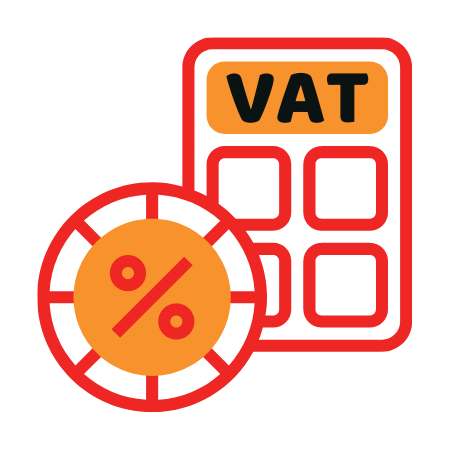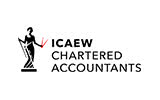Building a startup can be exciting since it gives one the opportunity to become their own boss and turn their passion into profit. Besides brainstorming for new products or services and serving customers, it requires proper handling of finances. This involves having a detailed understanding of who owns what by creating a capitalisation table.
What Is a Capitalisation Table?
A capitalisation table, also known as a cap table, is a record of all the company’s shareholders. These include founders, angel investors, venture capitalists, employees, and advisers who own shares in the business. It also contains the ownership structure, capital structure, and outstanding equities of the company at a point in time.
This table is a living document. This means it needs to be updated regularly to reflect changes as the startup grows and progresses. It must also show the investors in every financing round and reflect the valuation of the company.
Our experienced ACCOTAX accountants in London have years of experience in financial management and tax calculations. Reach out to us now to get your work done on time.
What Does a Capitalisation Table Contain?
A typical capitalisation table summarises all of the information required to understand the company’s shareholders and the percentage of the shares they hold. It also includes details about equity dilution over time, which represents the reduction in shareholders ownership percentage. Additionally, it has the company’s securities, such as shares, share classes, options, warrants, and amounts invested.
Why Do Startups Need Capitalisation Tables?
A capitalisation table is a useful tool for organisational management, stock management, legal preparation, and more. It establishes a strong business foundation that provides insights into the company’s percentages of ownership, investor information, equity dilution, and equity value.
Our experienced team of startup accountants aims to provide accounting and taxation services to businesses and startups at a very feasible cost
Here are other reasons why startups need to start working on their cap tables:
1. Nurtures a Relationship Rooted in Trust
The ownership information regarding shareholders in the company is critical. It’s essential to know about the valuation of the business and the real-time value of share options or equity stakes. With a well-maintained capitalisation table, everyone is aware of the company’s position. This establishes a bond rooted in trust with other stakeholders.
2. Attracts Investment
Startups need sufficient funds to ensure smooth operations and grow their business. Thankfully, they can achieve that with a capitalisation table. It helps potential investors determine the control they have over the company during negotiations. This attracts multiple investors and encourages them to get on board to invest the required amount of funding into the business, which allows startups to boost their chances of success.
3. Increases the Business’s Credibility
A well-maintained capitalisation table contains information on the company’s ownership, investment history for audit, financial assets, and other accurate and up-to-details details about the business. This results in the firm’s increased credibility for guaranteed returns. It also makes it easier for the legal team to represent the organisation for various legal preparations.
Conclusion
Every startup needs a capitalisation table. It needs to be updated every time new shares are issued, and new shareholders are brought on board. It also involves complicated financial terms, which can make building and maintaining a cap table daunting and time-consuming for startup founders. To receive the help you need in setting up and using a capitalisation table for your company, consider working with experienced accountants for startups.
If you are looking for accountants for startups in London, contact Accotax. Our tech-driven business accountants can help you take your business to the next level through our wide range of accounting and taxation services. Request a callback today or contact us to get an instant quote!






















































